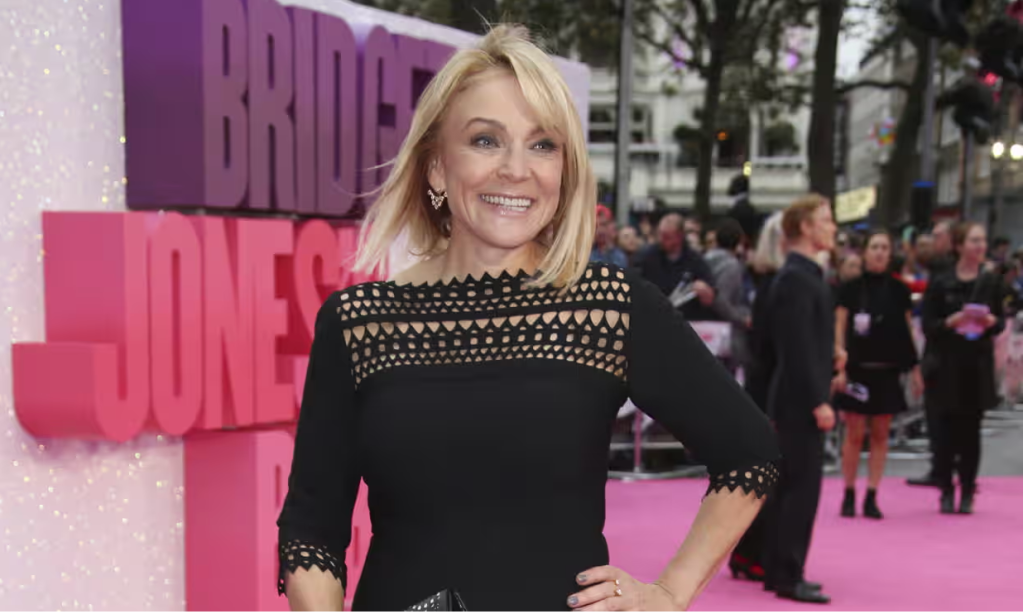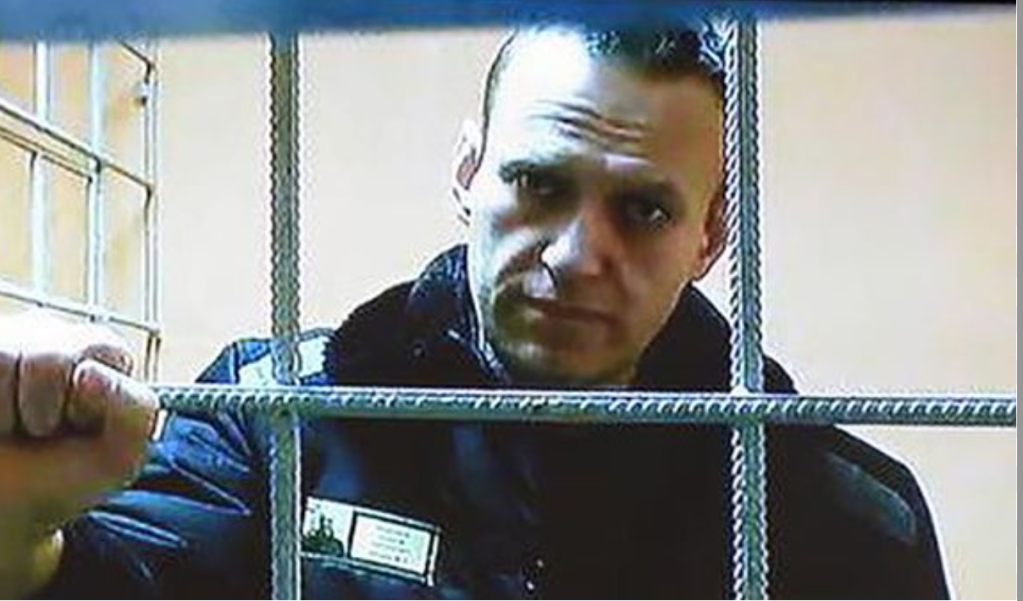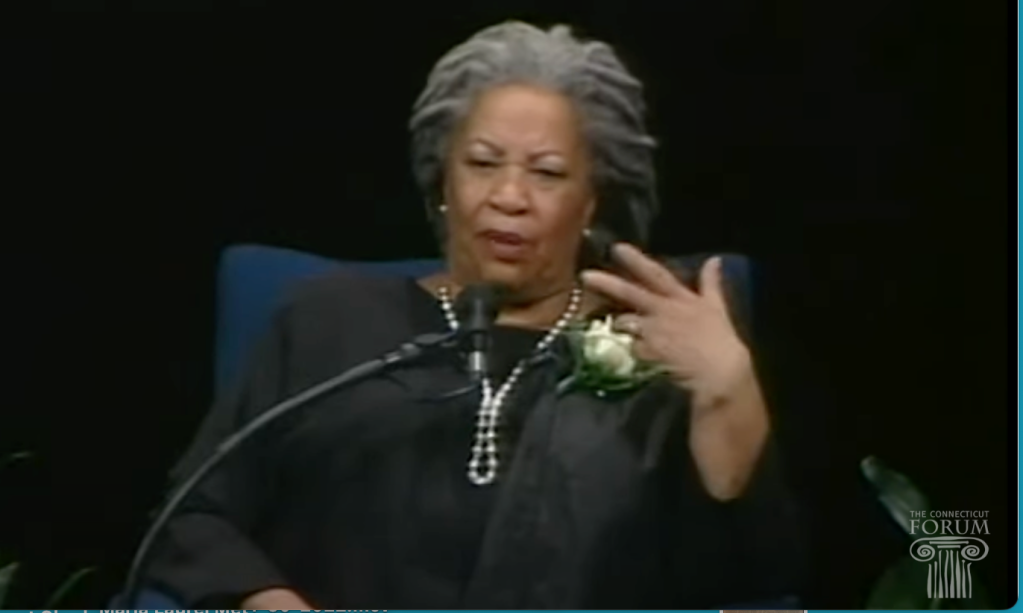
Helen Fielding. (Photo by Joel Ryan/AP.)
One of my reading maxims is “Don’t pigeonhole yourself.” That means I, as a male, often read novels by and about females. That means I, as a white person, am interested in books by and about people of color. That means I, as a “straight” person, like to read novels by and about LGBTQIA+ people. That means I, as an older person, enjoy the occasional young-adult novel. That means I, as an American, love many works by and about people from other countries. That means I, as an Earthling, gravitate toward some books by…well, maybe I should stop there.
Why avoid self-pigeonholing in reading? The answers are obvious: You learn more stuff, see things through different eyes, get a chance to empathize with those of diverse backgrounds, don’t get stuck in a reading rut, and so on.
This topic occurred to me as I read Bridget Jones’s Diary, which I’m currently about halfway through. Helen Fielding’s hilarious, at-times-poignant novel gives great insight into the psyches of women — well, particularly the psyche of one smart, funny, neurotic, self-deprecating, somewhat shallow (?), thirty-something woman. Definitely an education of sorts amid the entertainment, and a reminder that any male reading a novel like that will gain a better understanding of a female spouse or partner, and/or his mother, and/or his daughter(s), and/or his sister(s), and/or his women friends, and/or his female boss and co-workers, etc.
Bridget Jones’s Diary has been called “chick lit,” which I find a sexist and derisive way to categorize many wonderful works of fiction. Among my favorite women novelists — whether they lean to the lighter or heavier side in approach — are Chimamanda Ngozi Adichie, Isabel Allende, Margaret Atwood, Jane Austen, the Bronte sisters, Octavia E. Butler, Willa Cather, Colette, George Eliot, Diana Gabaldon, Kristin Hannah, Zora Neale Hurston, Barbara Kingsolver, Harper Lee, L.M. Montgomery, Liane Moriarty, J.K. Rowling, Mary Shelley, and Edith Wharton, to name a few.
Female authors of color are obviously part of the above list, and just as obviously I have enjoyed novels by male authors of color such as James Baldwin, Richard Wright, and various others. In our multiracial world, white readers can only benefit from including authors of color in their literature mix.
Young-adult novels give us a sense of what young people are thinking, and, when these books are read as grown-ups, evoke memories of our own youth. Some of the YA books I like best include L.M. Montgomery’s Anne of Green Gables and its sequels, Marjorie Kinnan Rawlings’ The Yearling, Angie Thomas’ The Hate U Give, Louis Sachar’s Holes, and John Green’s The Fault in Our Stars.
Among the novels with full or partial LGBTQIA+ themes I most like are Rita Mae Brown’s Rubyfruit Jungle and Alice Walker’s The Color Purple, to name just two.
Favorite fictional works by and about people from countries other than the United States? Way too many to mention, so I won’t — even though I’m a writer of relatively short blog posts who likes to avoid self-pigeonholing by occasionally writing longer blog posts. 🙂
Your thoughts about this topic?
My literary-trivia book is described and can be purchased here: Fascinating Facts About Famous Fiction Authors and the Greatest Novels of All Time.
In addition to this weekly blog, I write the 2003-started/award-winning “Montclairvoyant” topical-humor column every Thursday for Montclair Local. The latest piece — about a rather large proposed office building — is here.


